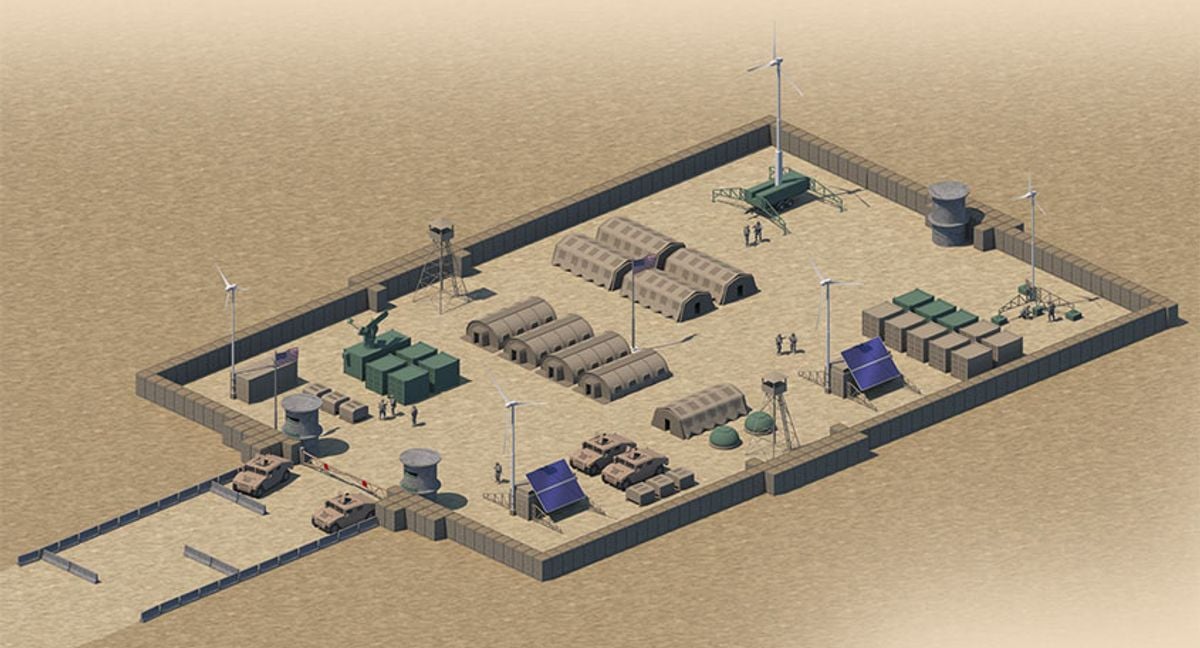Un equipo de laboratorios públicos y privados que trabajan para el Departamento de Energía (DOE) de EUA, desarrollan proyectos tendientes a proporcionar soluciones confiables de “energía renovable”, para las organizaciones de socorro en casos de desastre y también de utilidad para el ejército de ese país. Están probando la tecnología de “viento desplegable”, propuesta para ser utilizada en comunidades remotas y como medio rápido de asistencia en casos de emergencias y catástrofes.
A team of public and private laboratories working to provide disaster relief organizations and the military with reliable renewable power solutions is testing the proposed “deployable wind” technology in remote communities.
The National Renewable Energy Laboratory and Idaho National Laboratory have spent four years working in concert with Sandia National Laboratories to find “fast and reliable” power solutions for “conflicts and disasters,” a Nov. 22 press release from NREL stated.
Though it noted that modular solar panels are “easy to ship and install,” the team is focusing on wind solutions due to a potential lack of “steady” sunshine in locations of conflicts and disasters. This required innovations that could allow a wind turbine to arrive and be deployed quickly, the release said.
Brent Summerville, a distributed wind energy systems engineer at NREL who contributed to the project, said that “portable” wind turbines that can be assembled and deployed fast is a “whole different challenge than the wind energy industry was used to.”
Ultimately, the team was able to design a 20-kilowatt wind turbine that, along with “a few solar panels and batteries,” could fit into the 20-foot shipping containers the military and the American Red Cross often use.
The team hosted a virtual workshop in June where wind turbine suppliers discussed the potential of this technology with military and disaster response organizations, and it heard from them that they want evidence of successful test deployments, according to the NREL release.
Sandia National Laboratories mechanical engineer Brent Houchens said the project focuses on extreme cases where a “total loss of power” is untenable. He agreed that the planned testing is needed so that these technologies won’t be proving their efficacy when “people’s lives are on the line.”
Houchens said the team plans to test these deployable turbines by installing them in remote locations — with “researchers based at climate monitoring sites in the Arctic” and remote communities in Alaska that are looking to “reduce their overall dependence on fossil fuels.”
The 20-foot shipping containers could potentially “fit even more kilowatts of wind energy from the less-well-proven technology of airborne wind turbines,” NREL’s release noted.
“Military and disaster relief organizations want something that’s going to work,” Summerville said. “Eventually, if it’s proven to be reliable, airborne wind could be a good fit.”
Fuente: https://www.utilitydive.com


